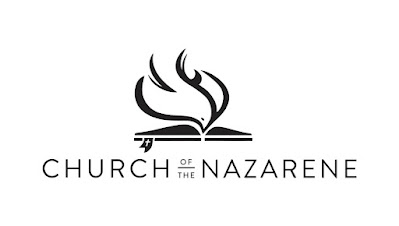Note: Bracketed text [ ] are words to be deleted from the current Manual. Underlined text ___ are words to be added to the current Manual.
700
The
administration of the Lord’s Supper may be introduced by an appropriate sermon
and the reading of 1 Corinthians 11:23–29; Luke 22:14–20, or some other
suitable passage. Let the minister then give the following invitation:
The Communion
Supper, instituted by our Lord and Savior Jesus Christ is a sacrament, which
proclaims His life, His sufferings, His sacrificial death, and resurrection,
and the hope of His coming again. It shows forth the Lord’s death until His
return.
The Supper is
a means of grace in which Christ is present by the Spirit. It is to be received
in reverent appreciation and gratefulness for the work of Christ.
All those who
are truly repentant, forsaking their sins, and believing in Christ for
salvation are invited to participate in the death and resurrection of Christ.
We come to the table that we may be renewed in life and salvation and be made
one by the Spirit.
In unity with
the Church, we confess our faith: Christ has died, Christ is risen, Christ will
come again. And so we pray:
The minister
may offer a prayer of confession and supplication, concluding with the
following prayer of consecration:
Holy God,
We gather at
this, your table, in the name of your Son, Jesus Christ, who by your Spirit was
anointed to preach good news to the poor, proclaim release to the captives, set
at liberty those who are oppressed. Christ healed the sick, fed the hungry, ate
with sinners, and established the new covenant for forgiveness of sins. We live
in the hope of His coming again.
On the night
in which He was betrayed, He took bread, gave thanks, broke the bread, gave it
to His disciples, and said: “This is my body which is given for you; do this in
remembrance of me.”
Likewise,
when the supper was over, He took the cup, gave thanks, gave it to His
disciples, and said: “Drink from it, all of you. This is my blood of the
covenant, which is poured out for many for the forgiveness of sins. Do this in
remembrance of me.” [Through Jesus Christ our Lord. Amen.]
(Matthew
26:27–29, Luke 22:19)
And so, we
gather as the Body of Christ to offer ourselves to you in praise and
thanksgiving. Pour out your Holy Spirit . . .
FOR THE
FOLLOWING REASONS
1. It makes no liturgical sense to say, “Through Jesus Christ our Lord. Amen.” at this point.
2. As is demonstrated in the very next line, the prayer is still going on.
3. The words are awkward and are jarring when used at this point in the liturgy.
4. No other known Communion liturgy places these words at this location.

No comments:
Post a Comment